Hades had few children compared to the other gods of Greek myth, but those he did have were very powerful.
Hades was the oldest son of the Titans Kronos and Rhea, brother to the Olympians Zeus, Poseidon, Hestia, and Hera, and half-brother of the centaur Chiron. Like all of his full-blooded siblings except for Zeus, he was swallowed alive by Kronos and freed later to lead war against the Titans. Afterward, he became the god of the dead and the king of the Underworld. He ruled with his wife, Persephone, in one of the most equal marriages in Greek myth.
The couple had one son for sure, as well as possibly several others. All of the children ascribed to Hades are listed and described below.
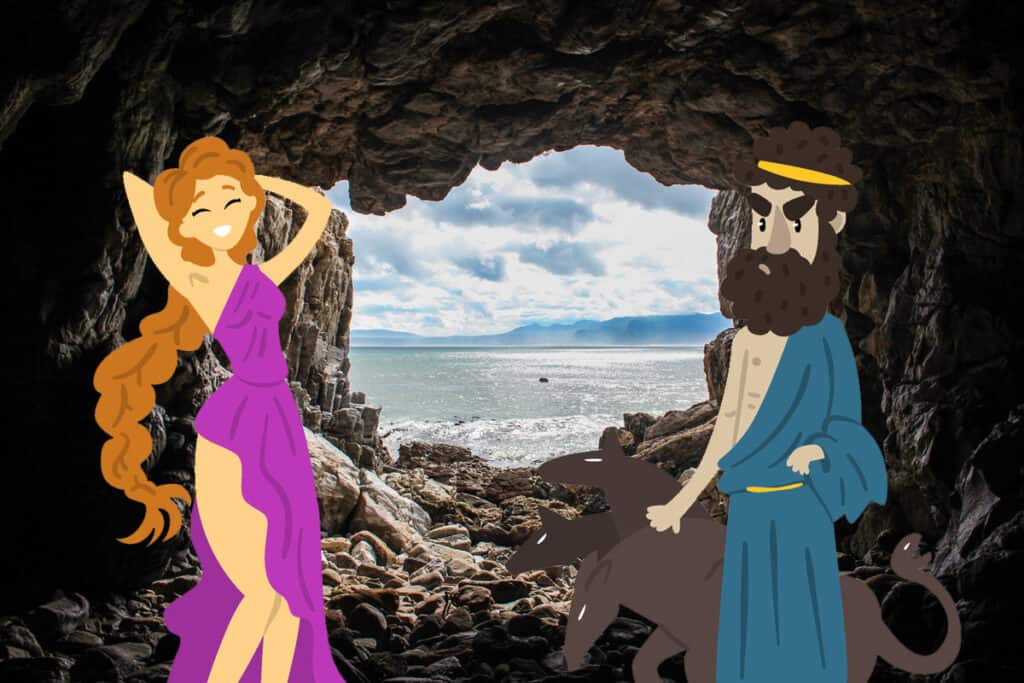
The Children of Hades
1. Zagreus
Zagreus was the son of Hades and Persephone who was heavily identified with Orphic myth. In this version of the myth, he was known as the second Dionysus, son of the dual-god Zeus-Hades. In the more standard Greek mythology, Zagreus was considered the highest of the Underworld gods, and also a close companion or even consort of Gaia, the personification of Earth.
In Orphic myth, Zagreus-Dionysus was dismembered and eaten by the Titans, who drank his blood, boiled his bones, and roasted him on a spit. Apollo buried the pieces of his cousin still in the cauldron at a safe place in Delphi. Later, either Zagreus’s grandmother Rhea or his aunt and grandmother Demeter reassembled and brought him back to life.
In some accounts, the parts of his body were mixed in a potion and given to Semele, the mother of Dionysus. In Orphic myth, this is how Zagreus-Dionysus was reincarnated.
Information on Zagreus in traditional myth is limited compared to the Orphic version. As he is one of the oldest gods and may in fact outdate the god who is most commonly known as his father, all information is fragmented and poetic. A lot of what modern historians and ethnologists know of Zagreus comes from conjecture based on fragments of mosaics, poems, and other such artworks.
2. Makaria
Makaria, whose name means ‘blessed’, was the daughter of Hades. Her mother may have been Persephone, one of the residents of the Underworld, or she may have had no mother. Makaria worked closely with her father and with the god of the dead Thanatos. She was the goddess who presided over peaceful or blessed deaths.
Those who died courageously in battle, childbirth, or other brave circumstances were considered blessed. Makaria would grant them the peace of the next life. Those who did not receive a blessed death were likely to face fear or damnation.
Makaria may be related or conflated with a daughter of Heracles, Hades’s nephew and a great Greek hero. That Makaria was in Athens when it was threatened, and an oracle claimed that they would only win if offered herself as a sacrifice to Persephone. Makaria offered herself to save the lives of other girls and protect the city. For this, the city of Athens threw a lavish funeral in her honor.
After she died, she traveled to the Underworld. She may have there been adopted as a daughter by Hades, and after this been reborn as the goddess. It’s unclear whether this is the case or whether the names are coincidental and the two Makarias are separate entities. Nevertheless, both have strong ties to death, honor, Hades, Persephone, and the Underworld.
3. Melinoë
Melinoë was either a goddess or an under-earth nymph, born of Persephone. Her father was sometimes listed as Zeus rather than Hades, though like Zagreus, this is partly because Orphic myth conflated Zeus and Hades into one deity. In Orphic myth, both Hades and Zeus, separate and one at the same time, are her father.
She was the goddess of the restless dead – those who were never buried or given funerals – and her ghost companions were the reason that dogs bark at seemingly thin air.
She was born at the mouth of the Cocytus River, which was the base of her cousin Hermes in his role as a psychopomp (an escort to the Underworld for souls). In some myths, she is conflated with her mother, are both are considered Underworld queens.
Melinoë could cause nightmares and night terrors in people, which she did by shifting into bizarre forms, turning invisible, and appearing as a shadow – a power she shared with Hades. If she wished it, her sendings could easily drive a mortal insane.
She was often included in magical triads, and her name was invoked for sacred divination along with her mother, Persephone, and Leucophryene, an aspect of her cousin Artemis. Other goddesses associated with Melinoë include Dione (an ancient goddess), Phoebe (the original moon goddess), and a little-known figure known as Nyche.
Melinoë was sometimes described as half black and half white. This was to represent the dual nature of her father, the sky-god Zeus and the underworld king Hades.
She had an entourage of ghosts and was a close companion of the witch goddess Hecate, who traveled with the Lampades. Often, the two groups travelled together. Sometimes, she is even considered an epithet of Hecate rather than a separate entity.
4. Plutus
Plutus is the son of Hades and Persephone in many myths, especially in Hades’s aspect as Pluton. He was a god of wealth and embodiment of worldly goods, and is sometimes considered more of a demon than a god, though not necessarily evil.
He was once blinded and lamed by Zeus to make him dispense wealth with no prejudice. He was known to be slow to arrive and, thanks to his wings, for leaving faster than he came, much like worldly goods. His sight was later restored, and he created havoc by deciding who was and was not deserving of wealth.
Plutus is usually portrayed as an adolescent boy or as a child. In some portrayals, he is a baby in the arms of Tyche to show the prosperity of cities, or of Eirene, showing the wealth of peace.
When he is not the son of Hades, Plutus is sometimes the son of Iasion, Zeus’s grandson who was seduced by Demeter and then killed by Zeus in retribution. Another version of the story places Tyche, goddess of cities and fortune, as Plutus’s mother, though no father is generally listed.
As Demeter’s son, Plutus had a twin brother, Philomenus, with whom he refused to share his riches. Philomenus worked hard at inventing and using the plough to support himself and gained the favor of Demeter. For this, he was placed in the stars as a constellation.
5. The Erinyes (Furies)
The Erinyes were sometimes crones and sometimes young women. They were underworld deities of vengeance, each with their own specialty, and they served in the Underworld as punishers of those who broke oaths or lived poor lives. Their parents were usually Hades and the primordial personification of night, the goddess Nyx.
Alternate parentage for the Erinyes includes a union between Gaia and Uranus, born from the blood from Uranus’s shorn genitals (making them siblings of Aphrodite), or born from Nyx alone.
Though there were an indeterminate number of these vengeful women, the lead Furies were a triad known and feared by all. Often, they were bat-winged monsters with snakes for hair and blood dripping from their eyes.
The three main Fury sisters were:
Alecto
Her name meant “unceasing anger”, and she was the Fury responsible for punishing moral crimes. This included anger, jealousy, and other negative attitudes, especially when those were taken out on other people.
Alecto was ordered by her aunt, Hera, to cause chaos amongst the Trojans during the Trojan War. Using her ability to shapeshift, she appeared as a queen and rose a rebellion against the city. She also appeared in dreams to fan the flames of war. Eventually, Hera sent her back to the Underworld, fearing that the chaos she caused was too great.
Megaera
Her name meant “jealousy”, and she was responsible for punishing the unfaithful, thieves, and those who broke sacred promises. Her name is used as a synonym in several languages to describe a bitter or jealous woman, or one who fits the archetype of a shrew.
Tisiphone (Tilphousia)
Tisiphone’s name meant “vengeance” and she was the Fury who tortured and punished murderers. She distinguished between homicide, patricide and matricide, and fratricide and sororicide.
She once fell in love with a mortal named Cithaeron. Unfortunately, he did not return her love and spurned her. Her response was vengeful, resulting in a poisonous snake from her hair biting and killing him. The serpents in her hair also had breath that could drive a person insane, a talent she used at the behest of Hera during war.
When Polynices and Eteocles, the sons of Oedipus, were at war, Tisiphone spurned it on to make it more deathly and violent. Through her torture, she caused the Aetolian hero of the war, Tydeus, to resort to cannibalism.


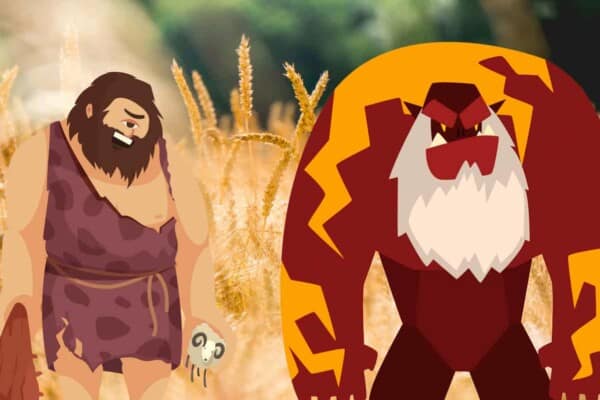




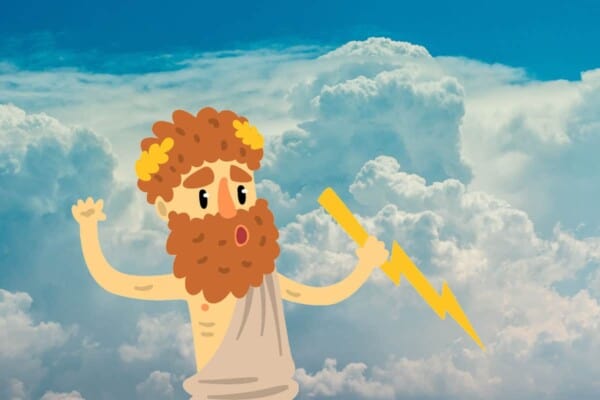

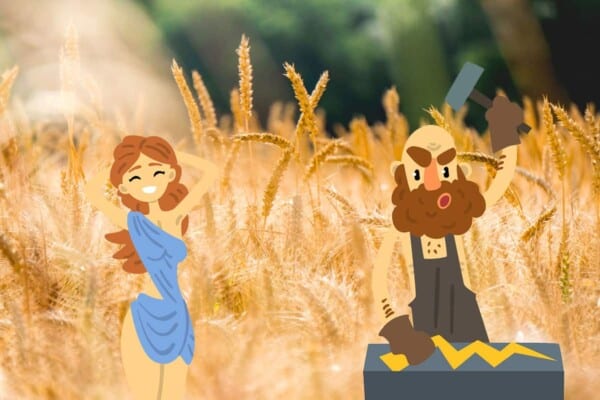


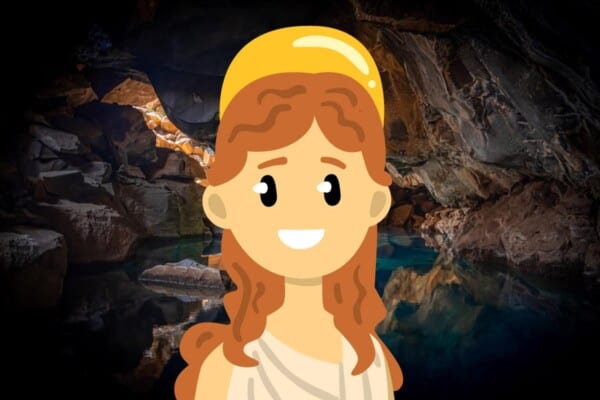
Hades is not god of dead but god of death. God of dead is Thanatos
Nope, you got it backwards, homes.
Yeah, most know that Thanatos is the God of death, whilst Hades is the God of the dead or “caretaker” of the dead. He is the one who judges your action and decides what field you shall go too after passing away.